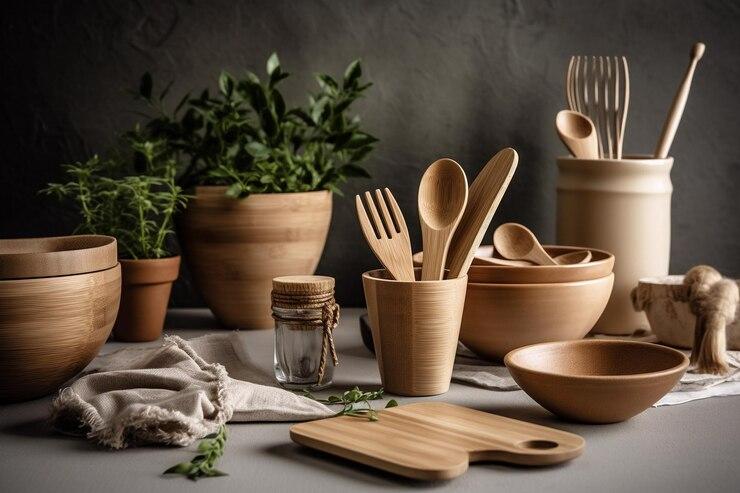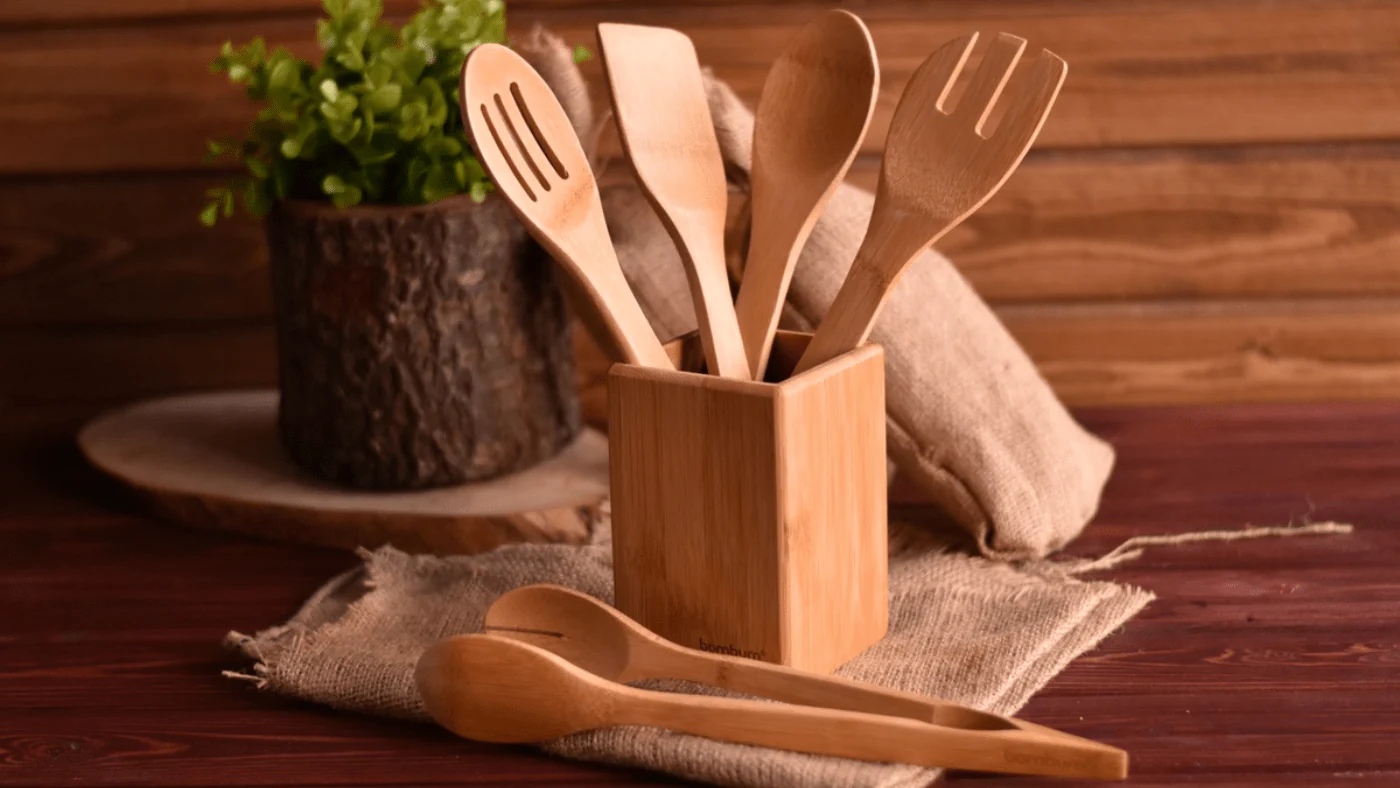As the world increasingly moves towards sustainable alternatives, wooden cutlery has become a popular choice for eco-conscious consumers and businesses. Not only is wooden cutlery biodegradable, but it also offers a natural and aesthetic appeal. However, to ensure that wooden cutlery is safe for food use, manufacturers follow stringent treatment processes. This blog explores the steps involved in treating wooden cutlery for food safety, highlighting the key benefits and addressing common concerns.

Why Wooden Cutlery is a Sustainable Choice
Wooden cutlery, made from renewable resources, significantly reduces plastic waste. Its biodegradable nature ensures minimal environmental impact, aligning perfectly with the global push for eco-friendly products. Companies like Stuti Exim play a pivotal role in providing high-quality, safe, and sustainable wooden cutlery solutions to businesses worldwide.
The Process of Treating Wooden Cutlery for Food Safety
- Selection of High-Quality Wood: The journey begins with choosing premium, food-grade wood such as birch, bamboo, or poplar. These woods are naturally non-toxic and durable, making them ideal for utensils.
- Cleaning and Sanitization: The raw wood is thoroughly cleaned to remove dirt, debris, and potential contaminants. This process often involves washing with food-safe solutions and drying in controlled environments to prevent bacterial growth.
- Shaping and Sanding: After cleaning, the wood is cut and shaped into desired utensil designs. The edges are meticulously sanded to ensure smooth surfaces, eliminating splinters and rough finishes.
- Heat Treatment: Wooden cutlery undergoes heat treatment to sterilize and enhance durability. This step kills bacteria, fungi, and other microorganisms, ensuring a hygienic end product.
- Coating with Food-Safe Oils or Waxes: To provide a protective barrier, wooden cutlery is coated with natural, food-grade oils or waxes such as mineral oil or beeswax. This coating not only prevents absorption of liquids and stains but also enhances the utensil’s longevity.
- Quality Inspection: Every piece is rigorously inspected for defects and compliance with food safety standards. Any cutlery that does not meet the criteria is discarded or recycled.
Benefits of Treated Wooden Cutlery
- Eco-Friendly: Completely biodegradable and compostable.
- Non-Toxic: Free from harmful chemicals and additives.
- Aesthetic Appeal: Adds a touch of elegance to any dining experience.
- Safe and Hygienic: Treated to meet stringent food safety standards.
Addressing Common Concerns
Durability: Treated wooden cutlery is designed to handle a wide range of foods, including hot and acidic dishes. Coatings and heat treatments ensure that the utensils remain sturdy during use.
Taste: Properly treated wooden cutlery does not alter the taste of food, making it a preferred choice for consumers.

Why Choose Stuti Exim for Wooden Cutlery?
At Stuti Exim, we prioritize sustainability and quality. Our wooden cutlery undergoes meticulous treatment processes to ensure it is safe, durable, and environmentally friendly. With years of experience and a commitment to eco-friendly practices, we provide reliable biodegradable tableware solutions for businesses globally.